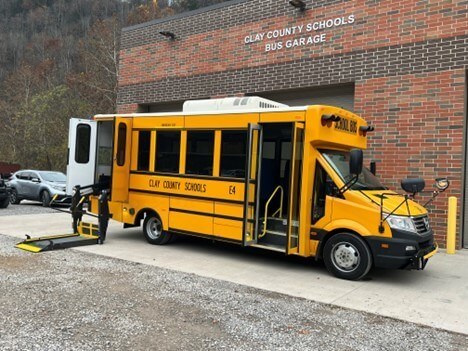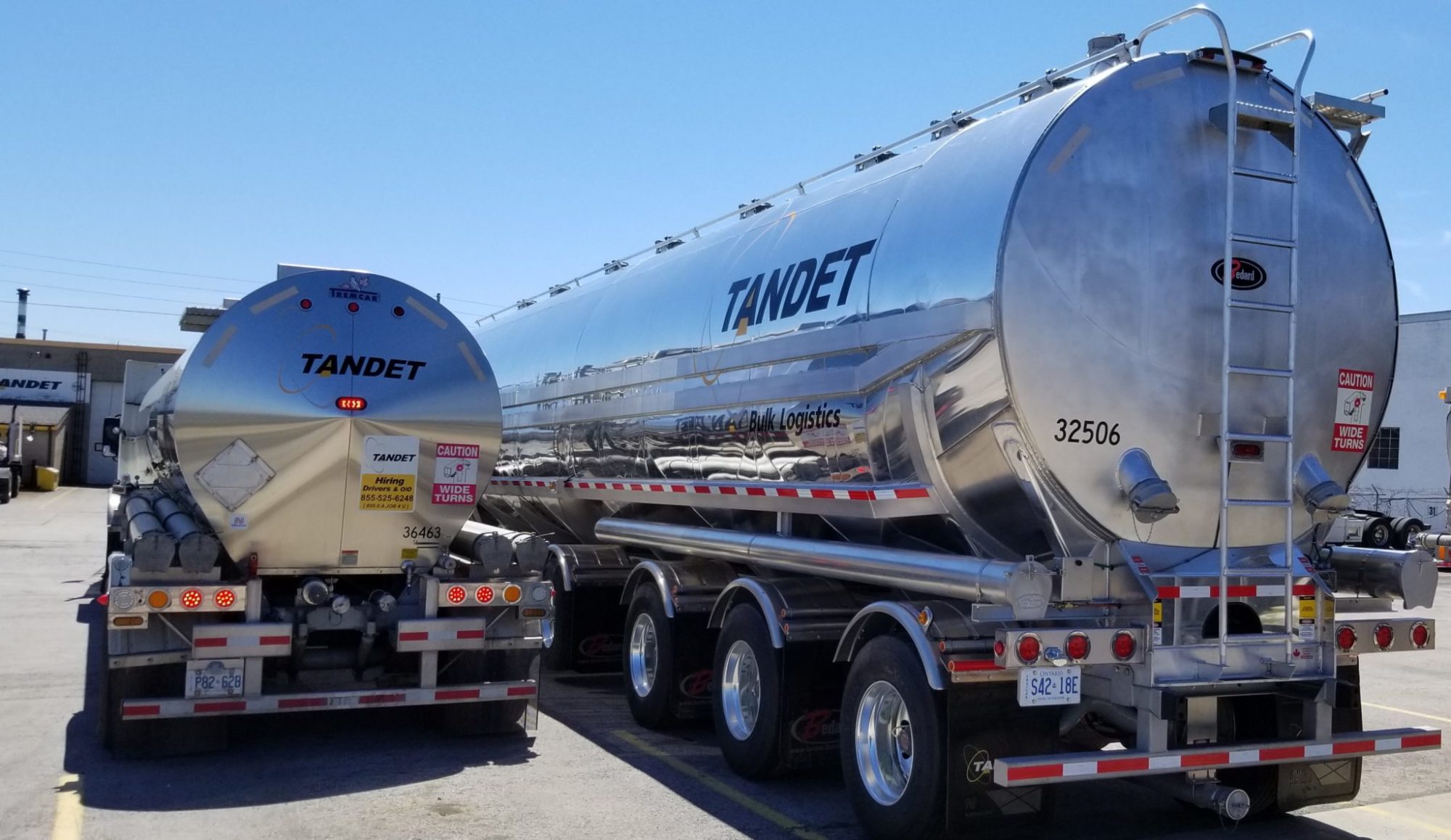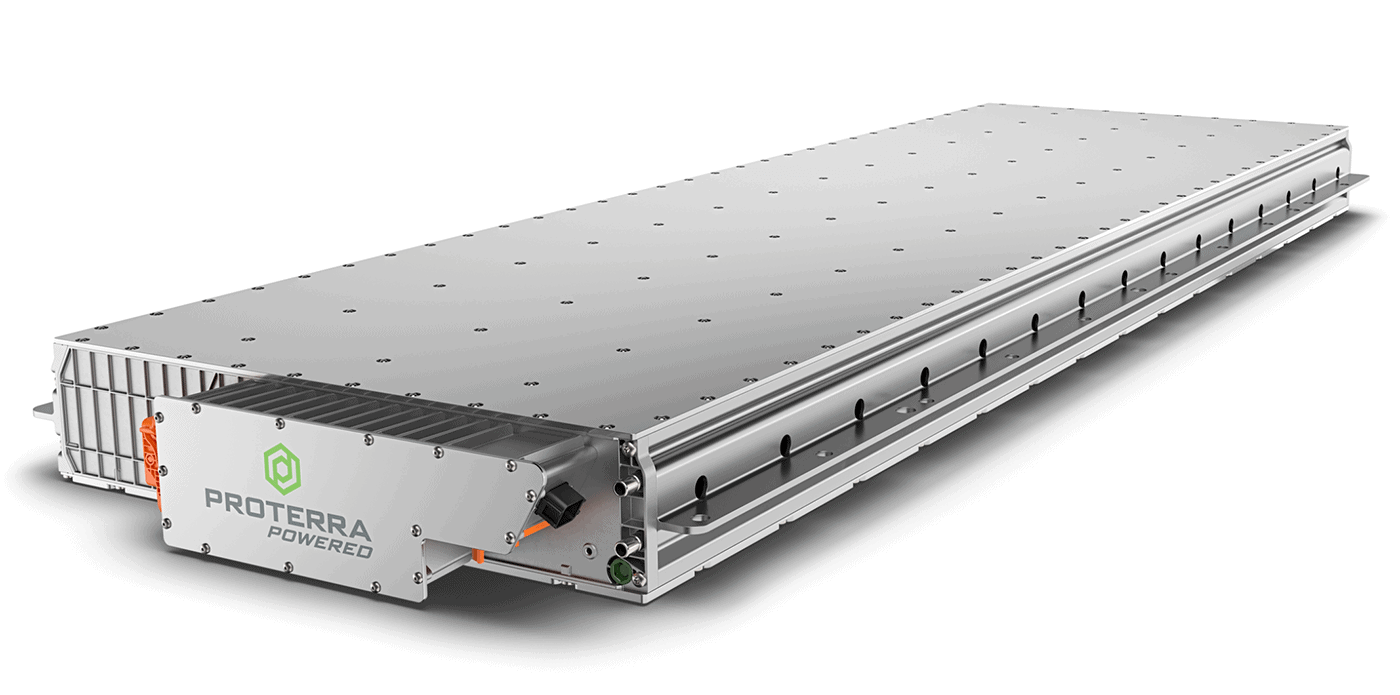I used to work for a trucking company that had a diagram showing two different trucks on bridges to show how tandem placement can affect the weight distribution on bridges. The diagram looked something like the drawing in the photograph below:
Now I totally understand why a short 80,000 pound tractor-trailer would strain a bridge more than a long 80,000 pound tractor-trailer like in the drawing in the photograph above. In other words, I understand why if there are two tractor-trailers of the same weight, the tractor-trailer with the shorter wheelbase will strain the bridge more than the tractor-trailer with the longer wheelbase.
Here’s the part that totally baffles me: Why do the bridge laws force drivers to keep a shorter wheelbase?
Since the tractor-trailer with the longer wheelbase strains a bridge more than a tractor-trailer with a shorter wheelbase if the two tractor-trailers are of equal total weight, I would have expected the bridge laws to force truckers to slide the tandems to the rear. I would have expected the purpose of the bridge laws to prevent truckers from having too short a wheelbase. Instead, the bridge laws prevent truckers from having too long of a wheelbase.
California has the strictest bridge law of all, requiring the distance from the kingpin to a point on the rear axle to be 40 feet OR LESS.
Since a shorter wheelbase puts more of a strain on a bridge than a longer wheelbase for a given weight, why is the purpose of the bridge laws to prevent the wheelbase from being too long (instead of too short)?

















